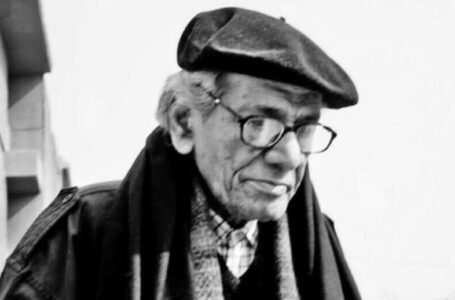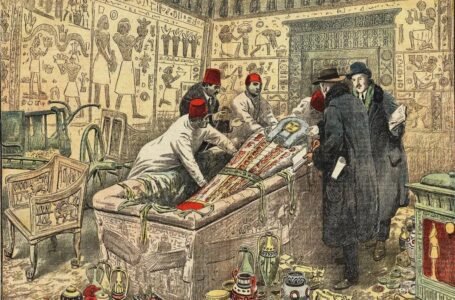Battles That Built Reputations: Famous Regimental Stories from 1947 to Present

-Devika J
In each army, aside from the uniforms, guns, and badges of rank, there are tales—tales that give life to regiments, characterize their legacies, and secure their place in history. Since 1947, the Indian Army and its regiments have stood tall, not merely in victories but in valour, sacrifice, and in spirit. The spirit of these regiments is not so much in the medals they win but in the courage with which they fight and the brotherhood they defend.
- The Battle of Rezang La (1962)
In November 1962’s bitter chill, 123 soldiers of C Company of 13 Kumaon, predominantly Ahirs belonging to Haryana, stood watch at Rezang La in Ladakh during the Sino-Indian War. Outgunned, outnumbered, and encircled, they never retreated.
Commander Major Shaitan Singh led from the front, jumping between posts in spite of heavy fire, inspiring his men till he was killed. Out of 123, 114 were martyred, but they killed more than 1,000 Chinese soldiers.
What took place at Rezang La was not only a battle—it was a murmured percussive rumble through India’s military culture: “We may perish, but we will not let you through.” It immortalized the 13 Kumaon.
- 1971 Indo-Pak War
4/5 Gorkha Rifles in Sylhet This war gave birth to Bangladesh and featured many stories of bravery. One of the most inspiring was the operation by the 4/5 Gorkha Rifles in Sylhet.
Major General Ian Cardozo, who was then a Major serving in 4/5 Gorkha Rifles, trod on a landmine following a successful attack. Lacking any medical assistance in the area, he employed a khukri (the indigenous Gorkha knife) to amputate his leg.
The Sylhet campaign was a lightning strike deep into the enemy lines, and the Gorkhas spearheaded it with bravery, demonstrating once again that when a Gorkha utters, “Jai Maa Kali, Ayo Gorkhali!”—it’s not a slogan, it’s a warning.
- Kargil War (1999)
18 Grenadiers and 13 JAK Rifles at Tiger Hill and Tololing Kargil was not a war, it was a test of will, grit, and endurance at 18,000 feet. The Pakistan Army had occupied high-altitude positions in Indian lands. The job to retake them required soldiers who could gasp where air is thin and hope thinner.
The 18 Grenadiers, commanded by Captain Vikram Batra (Param Vir Chakra), fought the Battle of Point 5140. His famous lines, “Yeh dil maange more!”, weren’t only a Pepsi call—it became a war cry for bravery.
The 13 Jammu and Kashmir Rifles, led by Lt. Manoj Pandey (also a Param Vir Chakra recipient), took key tops such as Khalubar. He charged recklessly into machine-gun fire, neutralizing enemy bunkers until he was killed.
These fights did not merely regain terrain—they created new legends and redefined “duty beyond death.”.
- Siachen Glacier
The 8 Kumaon and the Eternal Sentinels The Siachen Glacier, the highest battlefield in the world, is no place for men—here, even time appears to be frozen. Ever since 1984, Indian soldiers have been stationed there, withstanding -50°C temperatures and perpetual avalanches.
The 8 Kumaon was one of the first units to be inducted. Their grit during Operation Meghdoot surprised Pakistan but also established that India was willing to bleed and freeze to defend every square inch of its ground.
Here, soldiers don’t battle the enemy each day; they battle the climate, seclusion, and their own limitations. Siachen’s men are faceless heroes who keep the line, not for fame, but because someone has to.
- Counter-Insurgency Operations
The Assam Rifles and Rashtriya Rifles In northeast India’s states and Kashmir Valley, wars aren’t waged conventionally. Here, soldiers need to be warriors as well as social workers, peacekeepers and defenders.
Assam Rifles, India’s oldest paramilitary force, has been toiling day and night to keep peace in restive zones. With close relationships with locals, they have done more than fight insurgency—they’ve restored faith.
The Rashtriya Rifles, who were raised in 1990, formed the backbone of counter-terror operations in Kashmir. Regiments such as the RR units of the Punjab Regiment, Maratha Light Infantry, and others have gained reputations for surgical strikes, going out of their way to put themselves in harm’s way in close-quarter battles to save civilians.
Their exploits never feature in the headlines, but ask a villager who one day had their life threatened, and they will tell you how a soldier had become their shield.
- United Nations Peacekeeping
The Sikh Regiment and World Glory Indian regiments have not only left their mark domestically. The Sikh Regiment, one of the most decorated Regiments, deployed in UN operations in Congo, Sudan and Lebanon with distinction
When Indian peacekeepers deployed to Congo during the Congo Crisis in 1961, they faced heavy fighting. Sikh troops not only protected civilians under engaging in hostilities, but continued to demonstrate some of the most important attributes of peacekeeping under fierce international scrutiny, winning confidence and earning respect across the globe for their discipline and objectivity.
These missions do not include wars, but they do need restraint, determination, and empathy—something the Indian Army has displayed in abundance.
The Human Heart of Every Regiment
What is so incredible about these stories isn’t the strategy or firepower. the love a soldier feels for his brother soldiers, the whispered prayers before dawn, the final letters home stowed away in pockets, the laughter defying death even while being shot at. Every regiment, Rajputana Rifles, Sikh Light Infantry, Dogra Regiment, Parachute Regiment, has a story that is based on pain shared, faith unsullied and bonds that cannot be broken.
They are not battalions alone; they are families united through fire.
Final Thoughts
From 1947 till date, regiments haven’t just guarded borders—they’ve etched history in blood and valour. Their legacies weren’t forged in a single night; they were sculpted bullet by bullet, step by step, on mountains, deserts, and snowy borders.
To recall these battles is to remember those who set out into the unknown so that we might sleep peacefully. And behind each gleaming regimental badge is a tale—a battle—that made it shine.
Their tales are not war tales.
They are tales of love—between a soldier and his country.
Between a regiment and its soldiers.
Between sacrifice and eternity.


